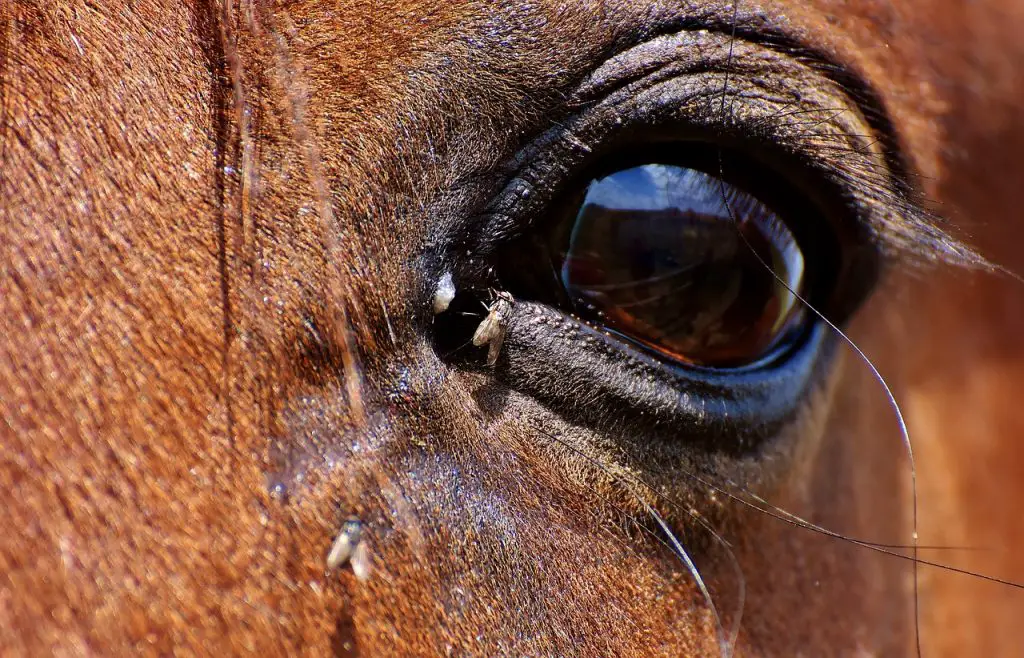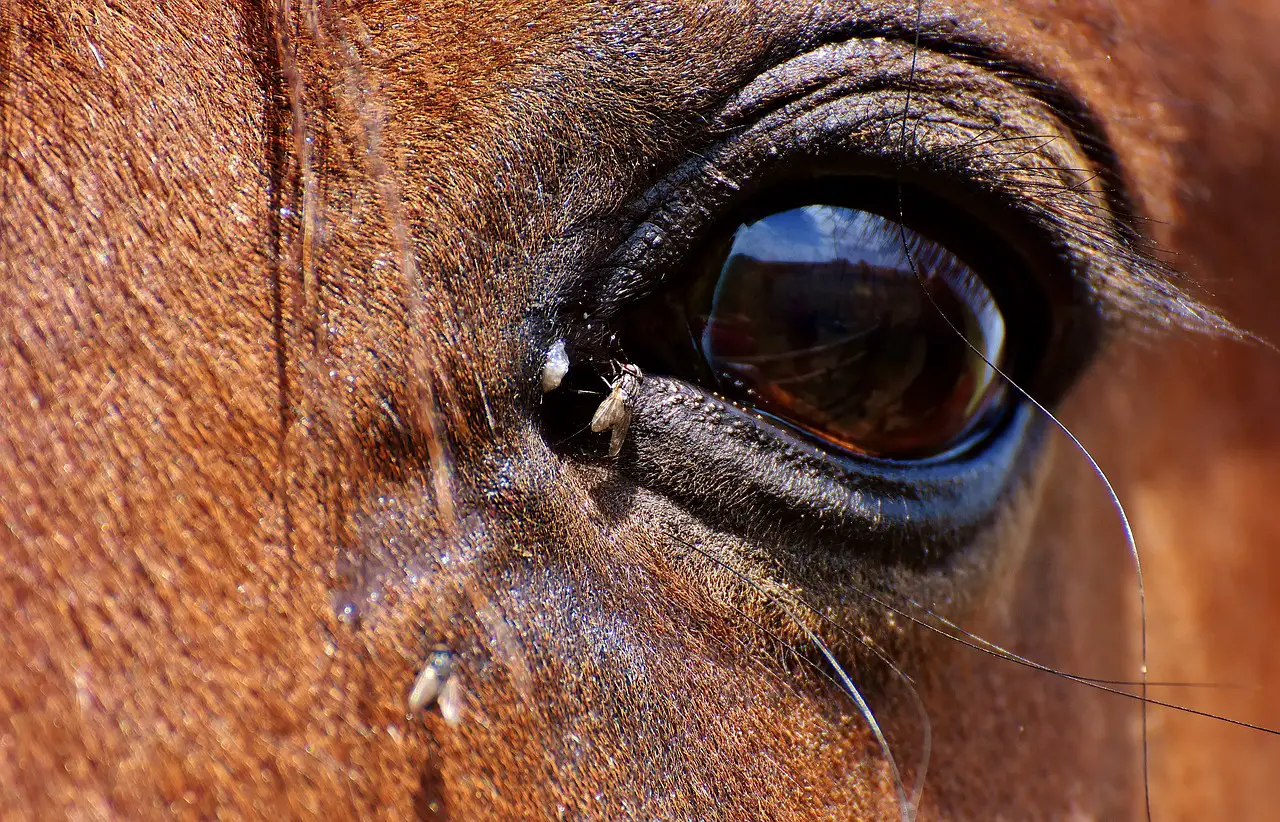Last Updated on February 28, 2022 by Allison Price
To prevent bot-fly damage, take action to get rid of any eggs remaining on your horse’s hair coat.
Bot fly can cause serious health problems for horses if it lays eggs on their legs and sides.
Shelley Paulson
The larvae of bot-fly can cause significant swelling and ulceration in the horse’s stomach lining. Colic can be caused by large infestations. The female bot fly, which looks a lot like a bumblebee when it is active, deposits sticky yellow eggs on the legs and sides of your horse. The first hard freeze of the season will kill the flies. This is a good time to apply a dewormer against bot larvae (left). You can complete your protection plan if you take the necessary steps to remove eggs from your horse’s hair (below).

SmartPak photo of “Scrape off using a knife; Rub off with a block photo by Jennifer Paulson
Use a knife to scrape off
The bot-egg knife is used to remove the nits from your horse’s stomach before they are inadvertently ingested.
Use a block to rub off
A grooming stone can be used to remove bot-fly eggs as well as loosen shedding hair.
Zimecterin dewormers include ivermectin. This broad-spectrum ingredient is effective against bot-fly larvae and a variety of parasites. The Gold formulation also contains praziquantel which is effective in controlling tapeworms ( Zimecterin.com).
Some dewormers may not be effective against bots. Make sure to read the labels. The only approved over-the counter dewormers to control bot-fly larvae are the avermectins (ivermectin or moxidectin).
Ivermectin is a broad-spectrum insect and intestinal parasite killer that also kills migrating larvae.


